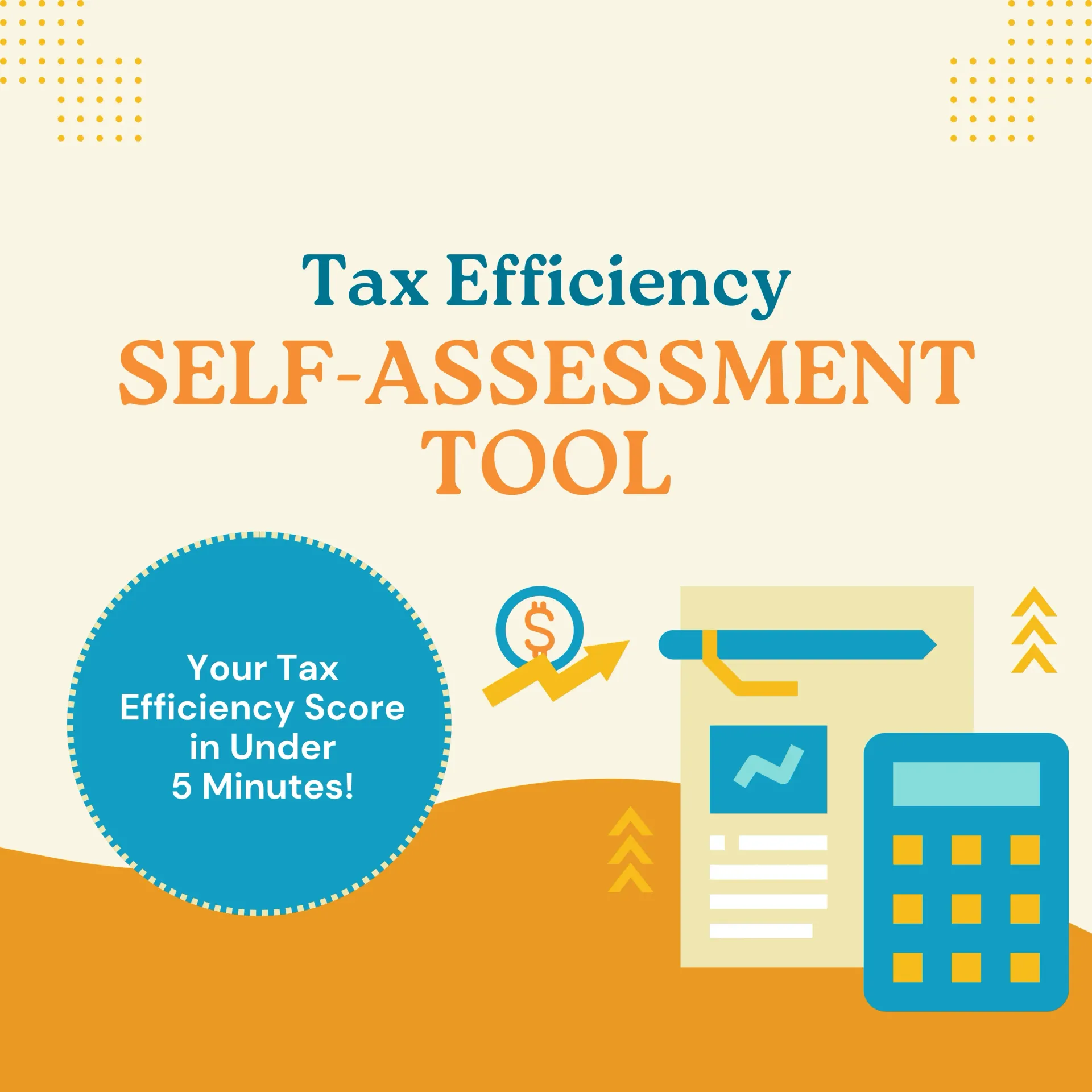How to Prepare for Next Tax Season: A Month-by-Month Guide

As the year winds down,
individuals and
businesses face the inevitable arrival of tax season. But rather than dreading the upcoming tax deadlines and paperwork, you can take charge with a proactive approach. This month-by-month tax guide not only prepares you for filing your tax return accurately and on time but also introduces advanced strategies to help you maximize savings and minimize stress.
January: Getting Ready
As the IRS gears up for the filing season, ensure you're ready with more than the basics.
- Gather Key Documents: Alongside W-2s and 1099s, ensure you’re tracking expenses eligible for tax deductions like the Augusta Rule or Section 179 depreciation.
- Optimize Estimated Payments: Reassess your quarterly payment strategy to align with changes in income or tax law.
February: Sharpen Your Tax Strategy
Now is the time to finalize preparations and capitalize on tax planning techniques.
- Implement Strategic Deductions: Consider bunching deductions, such as charitable contributions or medical expenses, to maximize impact.
- Explore Tax Credits: Look into lesser-known credits like the Research and Development (R&D) Tax Credit or Energy Efficiency Tax Credits for businesses.
March: File Your Business Tax Returns with Confidence
March is a crucial time for business owners, especially those managing S Corporations or partnerships. Filing doesn’t have to feel overwhelming when you have the right expertise by your side.
- Work with a Professional Who Understands Your Business:
A seasoned tax professional can help uncover opportunities, such as optimizing amortization for intangible assets or exploring options like deferring income recognition. Their expertise ensures your return is accurate and strategic. - Be Ready to File an Extension if Necessary:
If additional time is needed, an extension can provide breathing room to finalize your return. Just remember, any owed taxes must still be paid by April 15 to avoid penalties.
April: Finalize and File Your Personal Tax Return
April marks the final stretch of tax season for individuals. Precision and a strategic approach are key to ensuring your personal tax return is filed accurately and on time.
- Review Your Deductions and Credits:
Before filing, double-check for commonly missed opportunities, such as deductions for self-employed health insurance, mortgage interest, or retirement contributions. Every detail matters when it comes to maximizing your refund or minimizing your liability. - Submit Your Return with Confidence:
Whether you choose to e-file or mail your return, confirm that all required documents are included and that your calculations are accurate. April 15 is the deadline, so act promptly to avoid penalties.
May - September: Reflect, Adjust, and Optimize
Tax season doesn’t end with filing your tax returns. Use this time to refine your tax strategy for the year.
- Analyze Your Tax Return: Look for missed opportunities like optimizing your entity structure or adjusting withholdings.
- Plan Proactively: Schedule a mid-year review to implement advanced strategies like income splitting or leveraging the SALT deduction workaround.
October–December: Set the Stage for Tax Savings
The final months of the year are pivotal for both individuals and business owners to prepare for tax season while maximizing savings.
- Stay Informed on Regulatory Changes:
Keep track of new tax laws that might impact strategies such as depreciation or home office deductions. Staying ahead ensures you’re prepared for any adjustments. - Work Proactively with Your CPA:
Schedule quarterly check-ins to ensure you’re aligned with advanced tax-saving strategies. Use this time to review last year’s return for missed opportunities, such as optimizing your entity structure or leveraging underutilized deductions. - Prepare for Retirement Contributions:
Take advantage of tax-saving options like maxing out contributions to a Solo 401(k) or SEP IRA. These contributions not only lower your taxable income but also secure your financial future. - Organize Financial Records for Accuracy:
Create or update your filing system to easily track potential deductions, including business mileage, educational expenses, or other tax-deductible items. Proper organization now makes filing easier later.
Conclusion
Tax season doesn’t have to be overwhelming when approached with foresight and strategy. By incorporating advanced tax-saving techniques into your month-by-month planning, you can maximize deductions, reduce liability, and focus on your financial goals.
At Straight Talk CPAs, we specialize in turning tax season into a strategic advantage. Let us guide you through advanced planning so you can make the most of every opportunity and keep more of what you earn!
Discover Your Tax Savings Score in Minutes!


Salim is a straight-talking CPA with 30+ years of entrepreneurial and accounting experience. His professional background includes experience as a former Chief Financial Officer and, for the last twenty-five years, as a serial 7-Figure entrepreneur.




